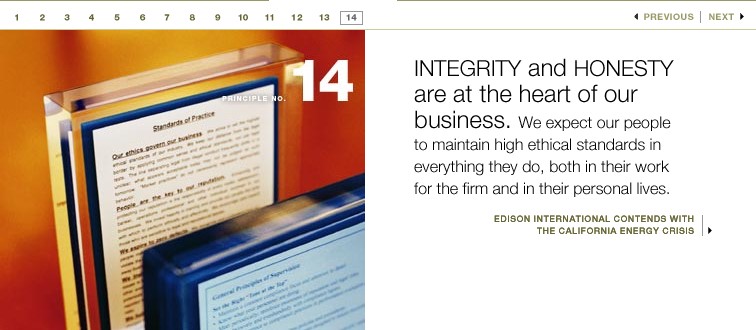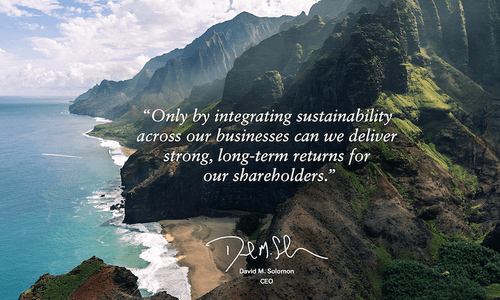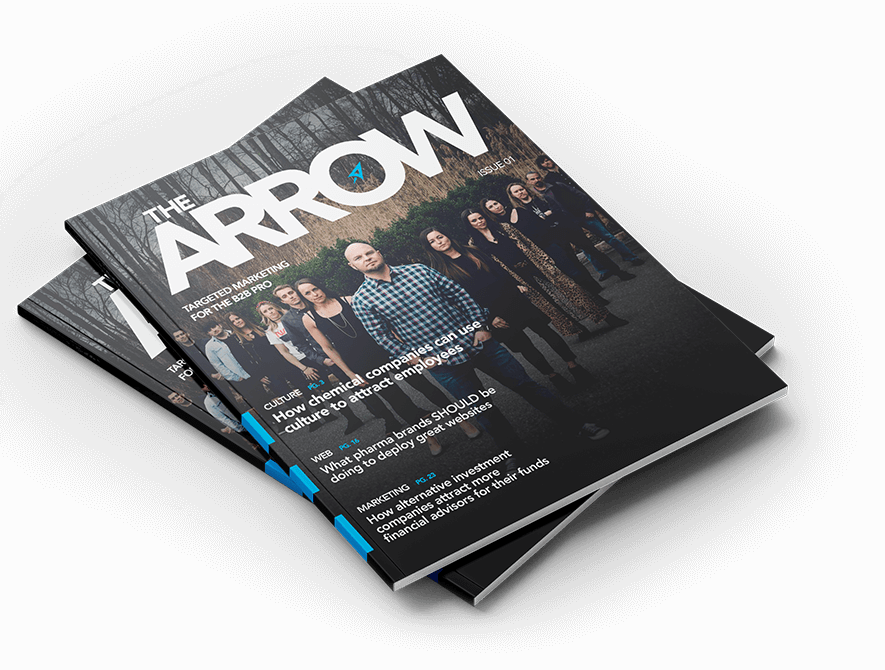3 Ways to Drive Brand Awareness Like Goldman Sachs
Chris Mulvaney is the CEO of CMDS. I make things... I’m the creative entrepreneur with passion for (re)making brands and inventing solutions to problems no one knows exist.
When you think of Goldman Sachs, what comes to mind?
There’s no right answer, but the reality is that when it comes to money, and larger financial institutions specifically, these things can bring to mind words like ‘strength,’ ‘opportunity,’ and ‘dependability’ to much less complimentary words and ideas.
Goldman Sachs knows this, and in order to appeal to a much larger audience, they’ve decided to embrace empathy as a keystone of their brand strategy.
Goldman Sachs, a 150-year old financial institution, has made some serious changes over the years in order to become a brand that is more relatable to the masses. By embracing social media, delivering thought-leadership content and making genuine connections with their audience, they’ve transformed into a best-in-class brand.
Let’s take a look at three ways to drive brand awareness like Goldman Sachs in a way that can be applied to any industry.
3 Ways to Drive Brand Awareness
1. Stick to Your Core Values
A brand’s core values are the guiding fundamentals that drive culture (internally) and connection (externally.) For Goldman Sachs, maintaining a strong brand image is critical. Since the 70s, Goldman Sachs has focused on four core values: Client Service, Excellence, Integrity, and Partnership. They follow 14 business principles that define what they stand for and also guide every aspect of its operations:
- Our clients’ interests always come first.
- Our assets are our people, capital and reputation.
- Our goal is to provide superior returns to our shareholders.
- We take great pride in the professional quality of our work.
- We stress creativity and imagination in everything we do.
- We make an unusual effort to identify and recruit the very best person for every job.
- We offer our people the opportunity to move ahead more rapidly than is possible at most other places.
- We stress teamwork in everything we do.
- The dedication of our people to the firm and the intense effort they give their jobs are greater than one finds in most other organizations.
- We consider our size an asset that we try hard to preserve.
- We constantly strive to anticipate the rapidly changing needs of our clients and to develop new services to meet those needs.
- We regularly receive confidential information as part of our normal client relationships.
- Our business is highly competitive, and we aggressively seek to expand our client relationships.
- Integrity and honesty are at the heart of our business.

The Takeaway
Strong brands share similar principles and values. This is what differentiates them from their competition. Even more, brands articulate those differences in a meaningful manner that nurture their audience.
With more competition online than ever before, consumers need to know they can trust the brands they’re buying from; and this applies to every industry. They want to feel like they have a connection to a brand and that they can relate to them. In fact, a statistic from the Harvard Business Review found that close to 65% of consumers express that sharing the same values with a brand is the primary reason they have a relationship with them in the first place. Plus, with the growing impact of online reviews and immediacy of social media, the need for transparency and strong core values is crucial.
If you want to create a powerful bond between your brand and your customers, you need to define your brand’s core values and place them at the heart of everything your company is and does. Regularly return to and reflect on those values to ensure they are resonating with your target consumers.
2. Become a Thought Leader
Today’s digital marketing landscape is rapidly evolving and the demand for strategic, ongoing conversation between brands and their target audience has become essential. Goldman Sachs positions themselves as an expert thought leader and an employer of choice. Their approach is to reach and connect with their audience wherever the audience is spending time. Goldman Sachs creates enormous amounts of content through engaging and innovative mediums, such as infographics, podcasts, social media and videos, which positions them as a thought-leader and builds credibility as a trusted brand in a wider marketplace.
And because of their global reach and expertise, they’re positioned to contribute a credible voice on a wide range of topics. But, their thought leadership extends beyond the financial realm. For example, through their newsletter “Briefings” and podcast “Exchanges at Goldman Sachs,” their audience gets to learn more about the market and financial industry. But, their newer partner series, “The Long Short of It” and “Talks at GS,” allow the audience to get a look behind some big trends such as AI and music streaming, as well as hear from some of the world’s top thinkers such as Katie Couric and David Beckham.

The Takeaway
One of the biggest challenges brands face today is figuring out how to reach their target audience effectively. The goal? Reach the right people with the right message at the right time. And to do that correctly, content must be cohesive, relevant, and useful.
When creating content, ask yourself a set of core questions:
- Who is our target audience?
- How are we going to genuinely help them?
Use a variety of platforms, including YouTube, Facebook, Twitter, LinkedIn, Instagram, or where your audience is already spending time, to reach your audience and solve their problems. It’s about engagement first.
Also note, while your brand may not have access to big names like Couric and Beckham, collaborating with other relevant businesses can help you boost brand awareness. Successful brand partnerships (ex: Spotify and Starbucks) help each other to leverage expertise, break into new markets and build trust among a wider audience.
3. Make a Connection through Social Responsibility
Giving back to the community is an important part of any brand’s marketing strategy. Making a connection with a good cause can go a long way toward building positive associations with potential customers and employees.
As a demonstration of the firm’s dedication to leading progress and action in sustainable finance, Goldman Sachs made a commitment to target $750 billion toward sustainable finance by 2030. They focus on two key strategic pillars of climate transition and broad-based, inclusive growth.
Since launching this initiative a year ago, they have already reached $156 billion of their total, including $93 billion dedicated to climate transition. According to a recent press release, “So though we’ve made progress on our sustainable finance goals, one thing is clear: to make even further progress, collaboration is vital, especially in the short term. So we encourage business leaders from all industries to join these collective efforts. After all, it’s the gains we make in the short term that will make our success in the long term possible.”
The Takeaway
A philanthropic strategy can help others while growing brand awareness, building networks, enhancing credibility and motivating employees at the same time. It’s a win-win, especially with younger generations.
Whether it’s sponsoring a non-profit organization, community event or a local cause, positioning your brand in the minds of your consumers as one that cares will lead to a positive brand image in the minds of the potential consumers.
One report shows that 77% of consumers say they would be more willing to purchase a company’s products or services if the company demonstrates a commitment to addressing social, economic and environmental issues; 73% of investors agreed. Social responsibility, in other words, is not only the ethical thing to do, it’s also an expectation of most consumers, employees, and investors.

Become a Best-in-Class Brand
The financial industry is driven by numbers. Marketing is really no different. But, for many, the challenge is less about finding the data, but knowing what to do with it. For Goldman Sachs, their goal is centered more around building brand awareness and investing in long-term engagement than instant returns, like click-through rates or funneling customers through a sales process.
To become a best-in-class brand, stay true to your core values, create consistent and engaging content, and develop a philanthropic strategy. Of course, those aren’t the only lessons you can learn from big brands like Goldman Sachs, but they’re a great starting place to adapt for your own situation. There’s always something to learn.




